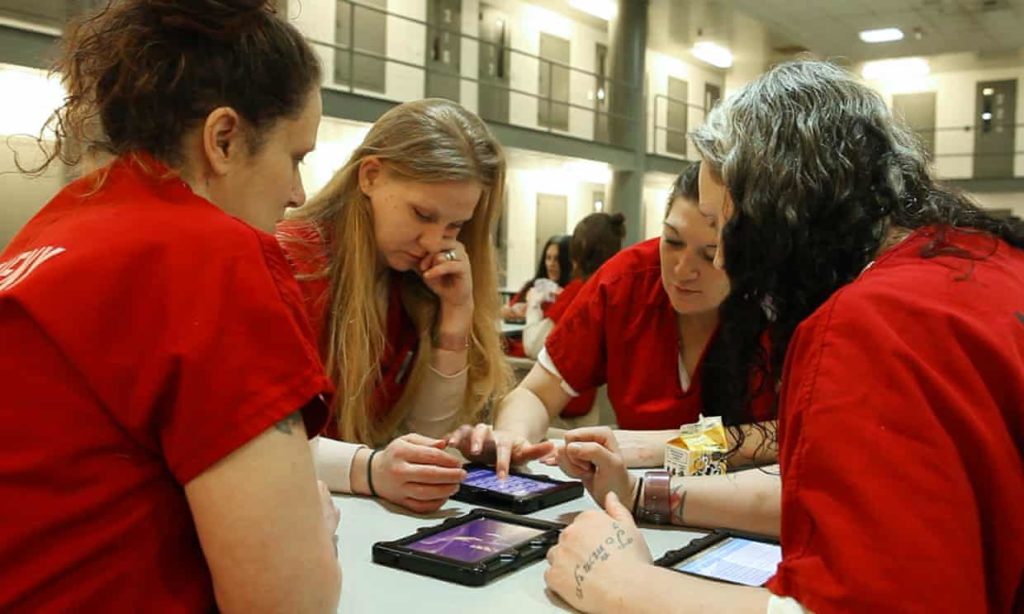I have seen incarcerated women struggle with feelings of isolation, emotional distress and other burdens firsthand as the manager of a Transitions Program inside the Central California Women’s Facility—but I have also seen them overcome those challenges, plan for their future and lay the foundation for success.

When I first started working in this facility in late 2015, it was apparent how the women were feeling: unloved, ignored and forgotten by loved ones on the outside. That compounded their feelings of depression, and even exacerbated addiction, making long-term planning and goal setting seem inconceivable.
It was technology that made all the difference. The women were provided with tablets by a company called JPay, which allowed them to connect with loved ones. Their lives were changed by tools like email and short video messaging—things so common to us, but often foreign to those behind bars. Mothers could take part and pride in the educational achievements of their young sons and daughters. They saw videos of their friends getting married, or their cousins blowing out birthday candles; photos of newborn nieces and nephews could be shared almost in real time from their siblings.
This sort of connection is powerful, and it gives incarcerated individuals hope. Their social, psychological and vocational senses are awakened.
The tablets also helped transform the entire culture of the facility. On “Fun Fridays,” women who completed all of my assignments and showed up to all of my seminars would be rewarded with a movie, popcorn and “show and tell” activities. The women met the mark with flying colors; Show and Tell took the cake! Because of the tablets, the women were eager to share. Better yet, the women were also able to access free educational services on the tablets. Online courses provide incarcerated individuals with the skills necessary to develop meaningful career pathways after their release, and it’s difficult to overstate how impactful that is.
Numerous studies support my anecdotal and personal observations. Consistent communication with loved ones significantly decreases the odds of a formerly incarcerated person committing another crime after their release. I would also argue that this is especially powerful for women, and that providing people with tools that prepare them for re-entry into society—and proving that we believe in them—is in itself another boost of courage and confidence.
It is my great hope that these significant tools remain available to the women in the Central California Women’s Facility and that they become available to all incarcerated individuals in California and across the United States. We should all aspire for productivity and progress—and access to technology is an easy way to make that possible for folks who deserve a real second chance.
Out of sight should not mean out of mind – and heart. But the tragedy for women in prison is that it often does.
We at Ms. want women in prison to know they are seen and valued. That’s why we started the Ms. magazine Prison and Domestic Violence Shelter Program. Because domestic violence shelters can be almost as isolating as prisons – and often lack libraries or any reading material, just as many prisons do – we include women in those shelters too.
We hope to keep growing this meaningful program—but we need your help. Together, let’s show women in prisons and domestic violence shelters that they have not been forgotten.





